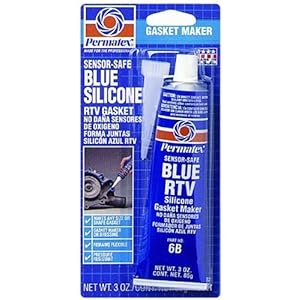If you squish is that high and your rod bearing is intact (which it looks like) you need to look close at the crank bearings. If it's missing a few balls, this will allow your piston to not travel the complete distance. Something let loose to score up your first piston. You just need to find what that something is. How far do you have this tore down?
Right now it's all sitting peacefully, fully assembled, with the new piston and cylinder installed. The crank bearing (where the connecting rod interfaces) has absolutely no vertical play - it appears to be a needle cage type like the upper rod bearing and everything looks completely intact. I meticulously checked every bearing in this thing and every ball bearing is there, evenly spaced, and spins freely. Now granted, I can only see 'most' of the lower rod bearing at the crankshaft but judging by the complete absence of vertical play I would assume it's fine. I'll see if can get a better look to the underside when she comes off again. But there is some side x side play as shown in the pic - about 1/16". I can slide it over a little - lift up and down: no play. Slide it slightly to the other side - lift up and down: no play.
I'm just wondering since I'm dealing in the wonderful world of aftermarket parts if the pistons and/or cylinders are just slightly off. If the compression is lacking because the squish is too great maybe I should just remove the base gasket and stick some permatex on there and see what we have. [???]





